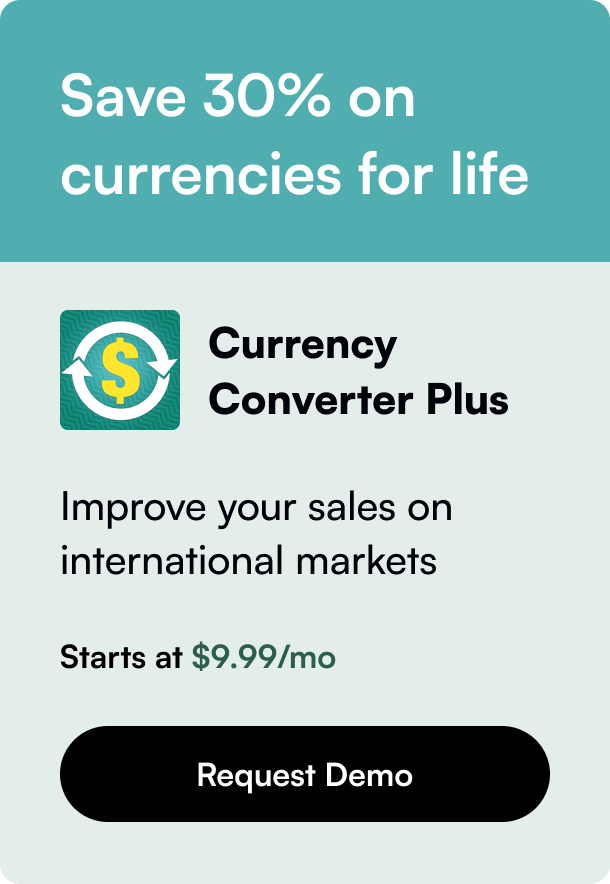Table of Contents
- Introduction
- Importance of a Customized Shopify Product Page
- Step-by-Step Guide to Customize Your Product Page
- Inspiring Examples and Best Practices
- Wrapping Up: Testing and Iteration
- FAQ
In the constantly evolving world of e-commerce, the ability to stand out and provide unique online shopping experiences is more vital than ever. This is especially true on platforms like Shopify, where competition is fierce and the options for customization are vast. For entrepreneurs and online store owners, knowing how to customize the product page on Shopify can be the key to converting visitors into customers and maximizing sales.
Introduction
Imagine visiting two different Shopify stores, both offering similar products but with starkly different product pages. One has a standard, template-based layout with minimal product details, while the other offers a rich, engaging experience with detailed descriptions, beautiful imagery, and tailored recommendations. Which one are you more likely to buy from? This scenario underscores the importance of customizing your Shopify product page - it can truly make or break your online business.
In this comprehensive guide, we'll explore the essentials of Shopify product page customization. By the end of this article, you'll not only understand why customization is crucial but also how you can achieve a standout product page. We'll cover everything from basic tweaks to advanced strategies, ensuring your product pages are optimized for engagement, conversion, and sales.
Importance of a Customized Shopify Product Page
A product page is more than just a place to display items for sale; it's a pivotal touchpoint in the customer's journey. A well-customized product page should:
- Engage your audience: Through compelling visuals and storytelling.
- Inform your customers: By providing all necessary product details, options, and related content.
- Convert visitors into buyers: With effective call-to-actions and a seamless shopping experience.
Step-by-Step Guide to Customize Your Product Page
Foundation: Understanding Shopify's Default Product Page Capabilities
Before diving into customization, it's crucial to grasp what Shopify offers "out of the box". Primarily, Shopify's default product pages include product images, a title, a price, a description, and an 'Add to cart' button. While this setup might suffice for some, most businesses will want to go beyond these basics to differentiate themselves.
Customize Within Shopify's Limitations
1. Using the Theme's Default Settings:
Most Shopify themes offer a range of settings for customizing product pages without touching a line of code. These settings might include:
- Changing font styles and colors
- Adjusting the layout of elements
- Incorporating social sharing buttons
Though these options provide a level of personalization, they might not fulfill all your customization needs.
2. Editing the Theme's Liquid Files:
For those with technical expertise or access to a developer, Shopify's Liquid template language offers deeper customization possibilities. You can significantly alter your product page's look and functionality by editing the theme's Liquid files. This approach allows for:
- Adding custom sections
- Creating unique product description templates
- Integrating external apps directly into the product page
Leveraging Shopify Apps for Enhanced Customization
Outside of Shopify's default capabilities, a plethora of apps available in the Shopify App Store can elevate your product pages. These apps allow for:
- Incorporating product reviews
- Adding Q&A sections
- Creating product sliders
- Implementing augmented reality (AR) views
Advanced Strategies: Utilizing Shopify Sections and Blocks
With the introduction of Shopify's new theme architecture, Online Store 2.0, merchants can utilize sections and blocks for more flexible customization. This feature allows you to:
- Design unique product templates
- Rearrange the layout of product information
- Incorporate media galleries, size charts, and more
Inspiring Examples and Best Practices
Exploring how other successful Shopify stores have customized their product pages can provide a wealth of inspiration. Notice how top-performing sites:
- Utilize high-quality, engaging images and videos
- Craft compelling and thorough product descriptions
- Strategically place user-generated content, such as reviews and social proof
- Implement urgency-creating elements like limited-stock notices or countdown timers
Wrapping Up: Testing and Iteration
After applying your customizations, it's essential to monitor their impact on user behavior and sales. Using tools like Google Analytics and Shopify's built-in analytics, assess the performance of your product pages. Experiment with different elements and layouts to find what best resonates with your audience.
FAQ
Q: Is it necessary to know how to code to customize my Shopify product page?
A: While having coding knowledge expands your customization possibilities, it's not strictly necessary. Shopify offers many built-in options and apps that allow for a high degree of customization without needing to write code.
Q: Can I create different product page templates for different types of products?
A: Yes, with Shopify's new theme architecture, you can create unique templates for different product types, providing tailored experiences for your customers.
Q: How important are product reviews on a product page?
A: Extremely important. Product reviews act as social proof, building trust with prospective customers and often influencing their buying decisions.
Q: Can I A/B test different product page designs?
A: Yes, there are several apps available in the Shopify App Store that enable A/B testing of your product pages, allowing you to scientifically determine what works best for your audience.
Through thoughtful customization and ongoing optimization of your Shopify product page, you can significantly enhance the shopping experience, boost your conversion rates, and ultimately, increase your store's success. Remember, the goal is to create a product page that not only looks great but also connects and converts. With the right strategies and tools at your disposal, customizing your product pages can become a rewarding journey toward achieving your business goals.








